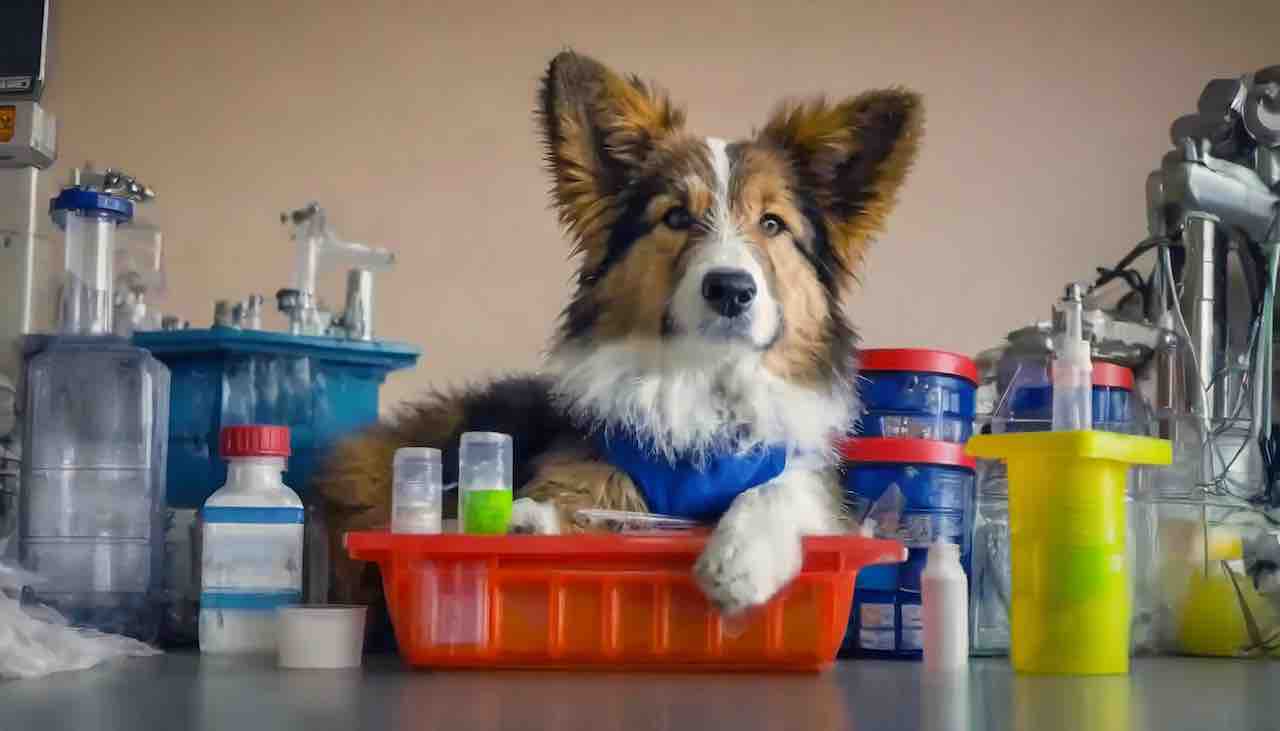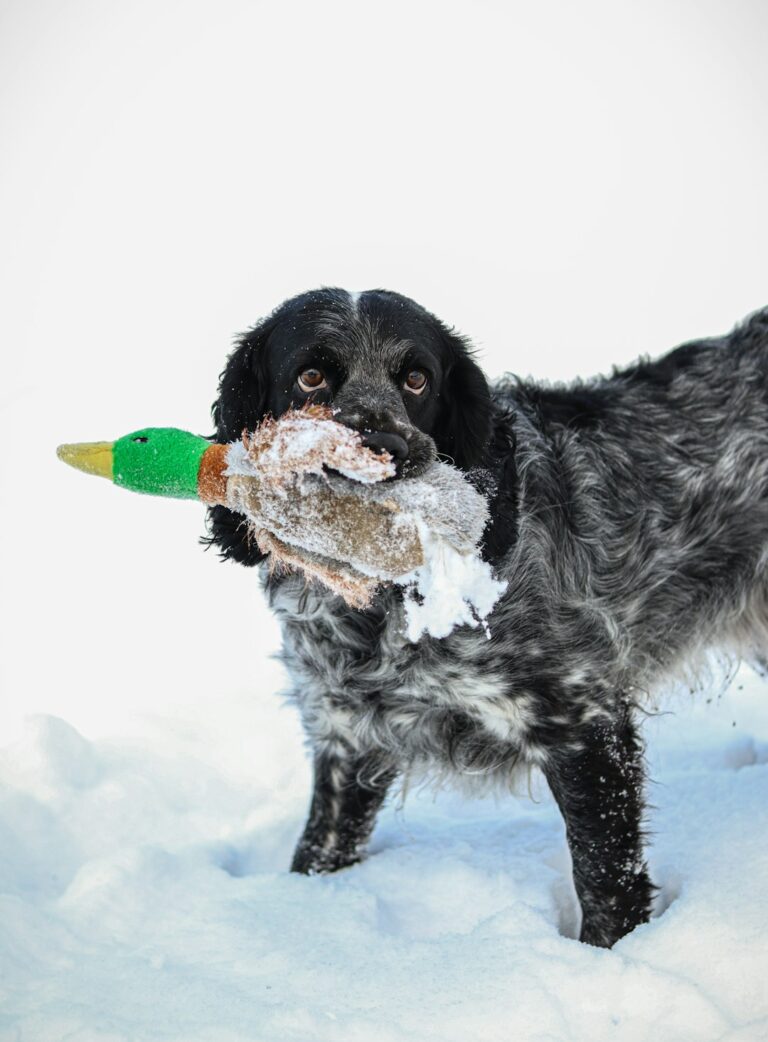Are You Prepared for Pet Emergencies?
In the face of unforeseen circumstances, have you ever wondered if you’re truly prepared to safeguard your furry family member?
Just like us, pets can face emergencies, and being equipped with the right knowledge and tools is essential for their well-being. From sudden illnesses to unexpected accidents, the key to a calm and collected response is effective emergency preparedness.
Join us as we delve into the world of pet first aid, ensuring that you’re well-equipped to handle any curveball life may throw at you and your beloved pets.
The Importance of Pet Emergency Preparedness:
Pet emergencies can happen at any time, and being prepared ensures that you can act swiftly and decisively in critical situations. Just as you’d have a first aid kit for yourself, having one for your pet is a responsible and caring step.
Assemble a Comprehensive First Aid Kit:
Create a pet-specific first aid kit that includes essential items such as gauze, bandages, antiseptic wipes, scissors, tweezers, and a pet-friendly thermometer. Customize it based on your pet’s specific needs and any pre-existing conditions.
Emergency Contact Information:
Keep a list of emergency contact numbers, including your veterinarian’s contact details, an emergency animal poison control hotline, and the contact information of the nearest 24-hour veterinary clinic. Having this information readily available can be crucial in urgent situations.
Know the Basics of Pet CPR and First Aid:
Familiarize yourself with basic pet CPR and first aid techniques. Many organizations offer online courses or in-person classes to teach pet owners the skills needed to respond effectively in emergency situations.
Identify Safe Havens:
In the event of natural disasters or home emergencies, identify safe havens for your pets. This may include pet-friendly shelters, boarding facilities, or the homes of friends or family members who can provide a safe environment during times of crisis.
Regular Veterinary Check-ups:
Routine veterinary check-ups are not only crucial for preventive care but also for catching potential health issues early. Regular visits help maintain your pet’s overall health and provide an opportunity to discuss and update emergency plans with your veterinarian.
Microchip and ID Tag:
Ensure your pet has proper identification. Microchipping is a reliable method for permanent identification, and an ID tag with your contact information is an immediate way for someone to reach you if your pet is lost during an emergency.
Practice Safe Evacuation Procedures:
If evacuation becomes necessary, practice safe evacuation procedures with your pet. This includes using a secure carrier, having a leash at the ready, and keeping your pet’s first aid kit easily accessible. Familiarize your pet with their carrier to reduce stress during evacuations.
Pet-Specific Medications:
If your pet requires regular medications, always have an ample supply on hand. Keep medications properly stored in your first aid kit, ensuring they are not expired, and include instructions on administration.
Educate Family Members and Pet Sitters:
Ensure that all family members and anyone responsible for your pet’s care are familiar with the emergency plan. Provide them with the location of the first aid kit, contact information, and any specific instructions for your pet’s well-being.
Pet-Specific Supplies for Evacuation:
In addition to the first aid kit, have a bag ready with pet-specific supplies for evacuation. This may include extra food, water, bowls, medications, a familiar blanket, and comfort items. Having a “go-bag” ensures you’re prepared for unexpected displacements.
Emergency Feeding and Medication Schedule:
Create a schedule for feeding and administering medications during emergencies. Ensure this schedule is included in your pet’s evacuation kit, making it easy for anyone assisting in your pet’s care to follow the routine.
Pet Emergency Information Card:
Prepare an emergency information card with vital details about your pet. Include their name, breed, age, any medical conditions, and a recent photo. Keep copies in your first aid kit, with your pet’s supplies, and share one with a trusted neighbor or friend.
Practice Restraint:
In stressful situations, pets may become anxious or scared. Practice using a muzzle or restraint if necessary, especially for dogs, to ensure the safety of both your pet and anyone providing assistance during an emergency.
Fire Safety Awareness:
Educate yourself and family members on fire safety, especially if you have pets. Know the locations of fire extinguishers, emergency exits, and have a plan for safely evacuating your pets in case of a fire.
Understand Common Pet Emergencies:
Familiarize yourself with common pet emergencies such as choking, heatstroke, or poisoning. Knowing how to recognize and respond to these situations can make a significant difference in the outcome for your pet.
Pet-Friendly Emergency Shelter Research:
Research pet-friendly emergency shelters in your area. Not all shelters accept pets, so knowing your options in advance can be crucial during evacuation situations.
Learn Basic Pet First Aid Techniques:
Beyond having a first aid kit, learn and practice basic pet first aid techniques. This includes cleaning wounds, managing fractures, and recognizing signs of distress. Quick and appropriate action can make a substantial impact on your pet’s recovery.
Regular Emergency Drills:
Conduct regular emergency drills with your pets. Practice putting them in carriers or securing them in the car quickly. This not only helps you refine your evacuation process but also familiarizes your pets with the routine.
Community Pet Emergency Plans:
Collaborate with neighbors and community members to create a pet emergency network. Exchange contact information and establish a system for assisting each other’s pets in case of an emergency. This collective effort ensures that pets in your community are cared for during challenging times.
Pet emergency preparedness is an ongoing commitment to the safety and well-being of your furry companions.
By taking proactive steps, assembling a comprehensive first aid kit, and staying informed about essential techniques, you not only empower yourself but also provide a safety net for your pets in times of need.
Remember, being prepared today ensures a brighter and safer tomorrow for both you and your beloved furry friends.





































